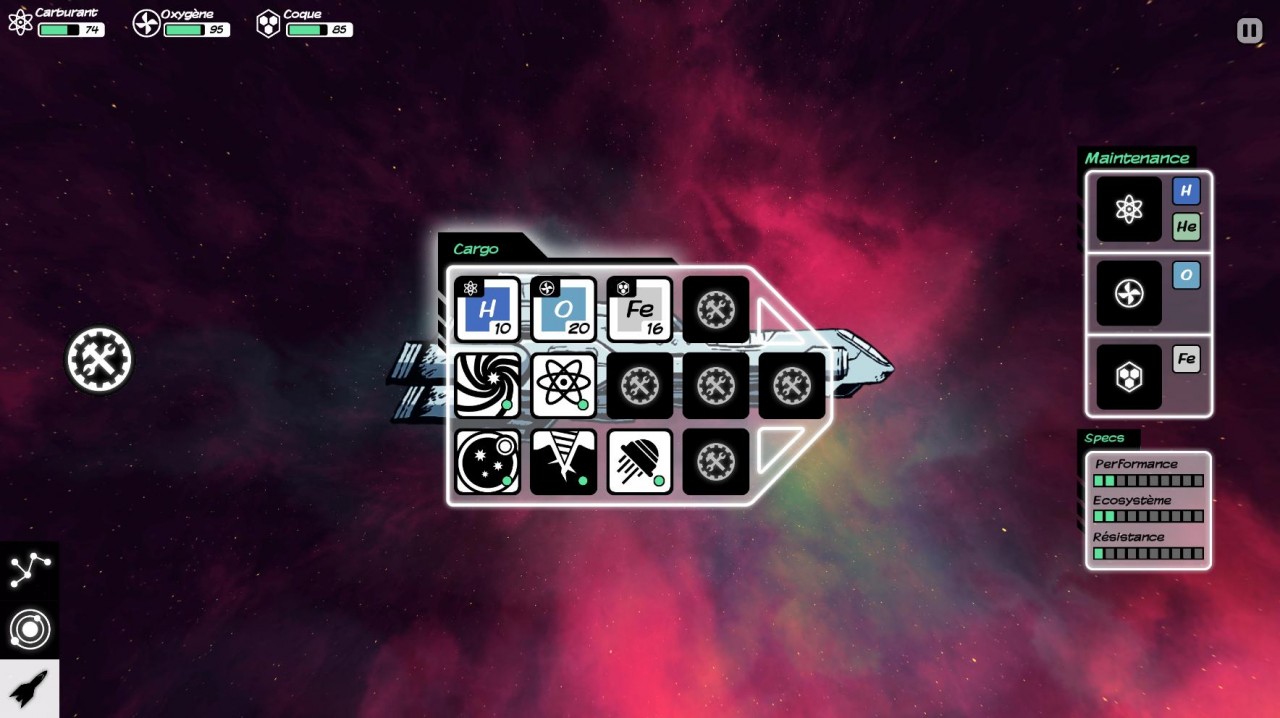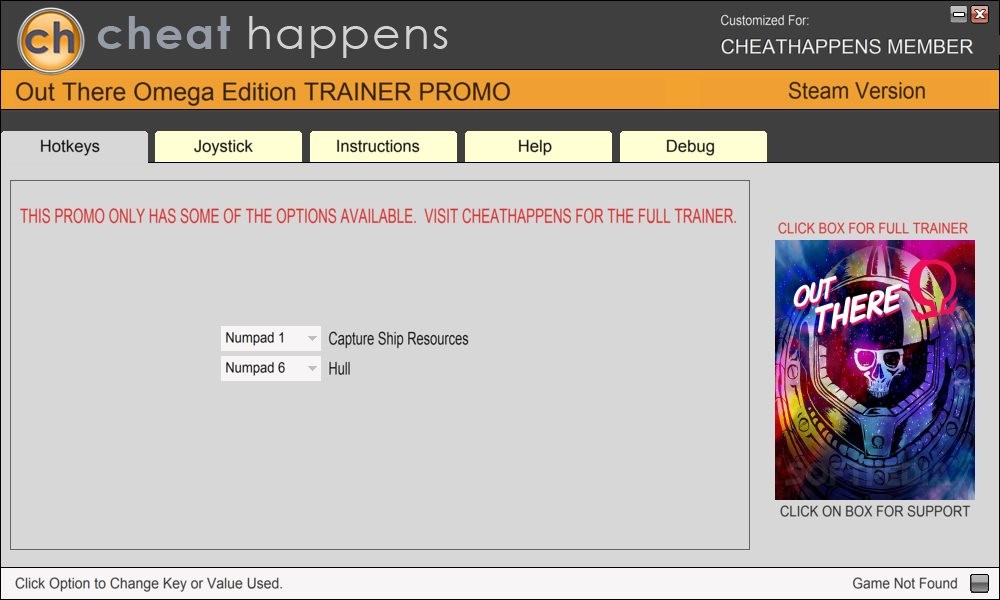

In Out There, you will have to survive, tinkering your ship with what you can gather drifting in the void, and spot garden planets to refill your oxygen supply. You are an astronaut awaking from cryonics not in the solar system, but… out there… in a far and unknown place of the galaxy. For some people, using others' guides feels like cheating, but making notes is part of the game.Out There is an award-winning space exploration game blending roguelike, resource management and interactive fiction. This way you accumulate experience and create your own guide. It's useful to have a notebook at hand to write down which types of planets have which resources, what are good and bad answers to adventures and so on.

The same goes for air and hull comsumption: the journey is possible by removing dependance on resources. Long jump will leave you fuel-less anda are thus impossible until you can use less fuel per distance unit. You win by making resource consumption efficient. You don't win by extending the jump range.

If you don't want to use the ship, however, you can break its systems for resources. Also, it will have fuel, air and hull 100 each: it might be a life savior. Open the ship panel for the new ship: it might have different resources requirement better fitting to your situation. Until you remember all types of ships and have all achievements, always board an abandoned ship even if you don't plan to switch. Tell them that you are an enemy this time, and you will receive a word without giving a resource (unless you already know all words). If you encounter aliens on a planet and don't have the resource they ask for, you can cancel the dialog and start it anew. When you repair a tool (such as at the beginning after drilling/probing to depth 10), place it more conveniently to make synergies possible in the future. Though one of the gas giants sometimes does yield poorly, so it might be useful to probe it down to depth 3 at first. This way, you start with a reliable store of fuel and repair resources. It's ok to go down to depth 10 and break the tool: you have space to spare for all the yield and plenty of iron to fix everything. They seem to be a specific config of Yellow Dwarf with exactly two planets, one gas giant and one rocky world. I discovered that it's useful to drill/probe the first two systems (nearest to the starting point) to the max. Check the synergy video posted in the community hub. If 1 energy/depth = 1 iron no good, move on.Ĥ. Next round boost it up 5-7 for the big score.

So if 1 energy/depth = 3 oxygen that's a good sign. You'll know immediately if the planet returns in multiples or gives back what you put in. First shot at drilling/probing a planet is a test run, so 1 or 2 energy. All the fuel used going from planet to planet adds up.ģ. Unless your maxed out focus on planets that would yield in exactly what you need to keep moving forward, skip the others and move on. Staying in control is to keep an eye on fuel, oxygen and hull. Consider 1 single unit of fuel as incredibly valuable, you're in it for the long haul.Ģ. I was reckless my first couple runs landing everywhere and drilling everything. Exploring every star and planet is not necessary. The idea is to stay in as much control as possible, play it safe and think minimal (least amount of manouvers to stay in the advantage). Had similar gaming pangs as most who get started until I tweaked a few small things and everything changed.ġ.


 0 kommentar(er)
0 kommentar(er)
